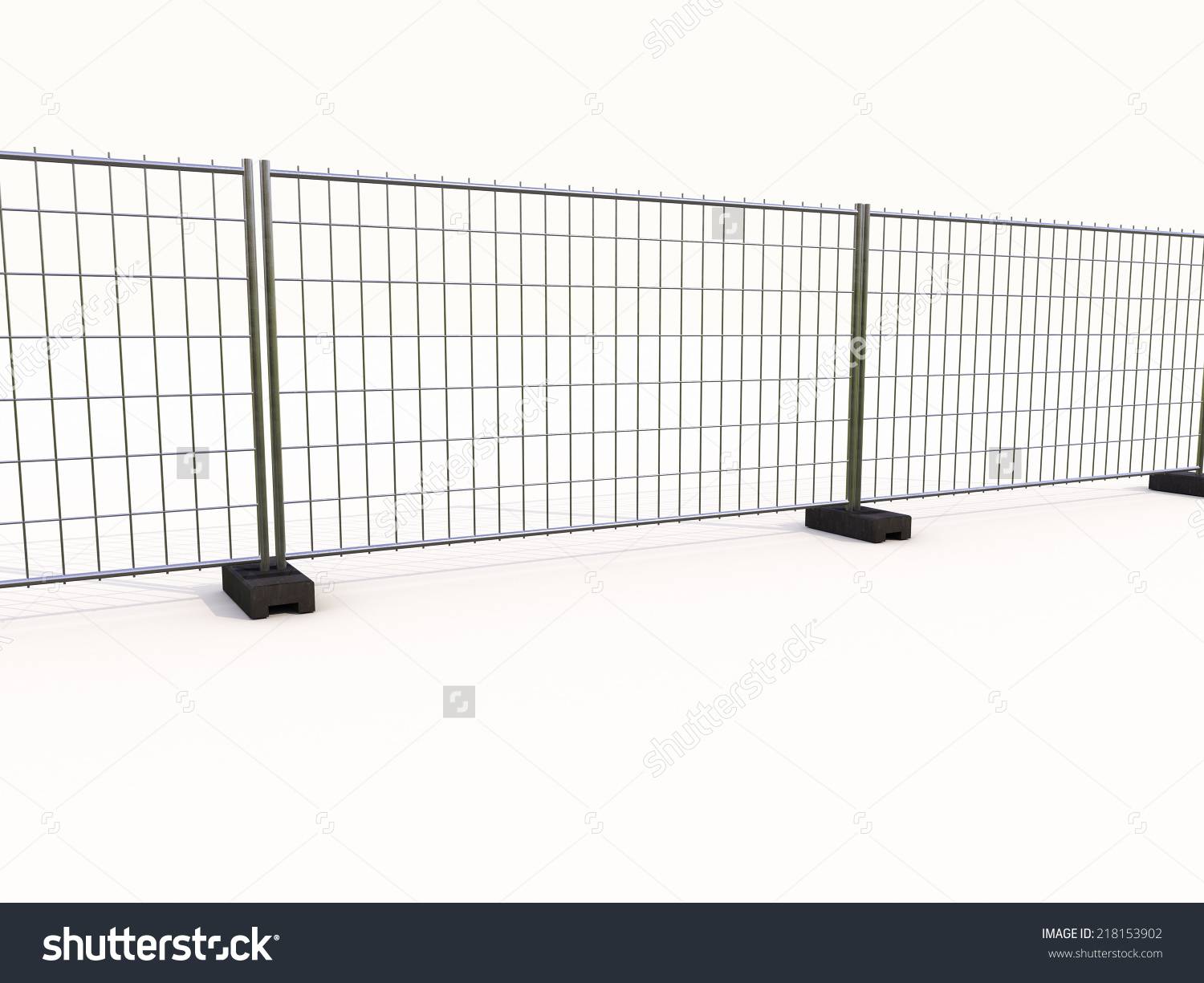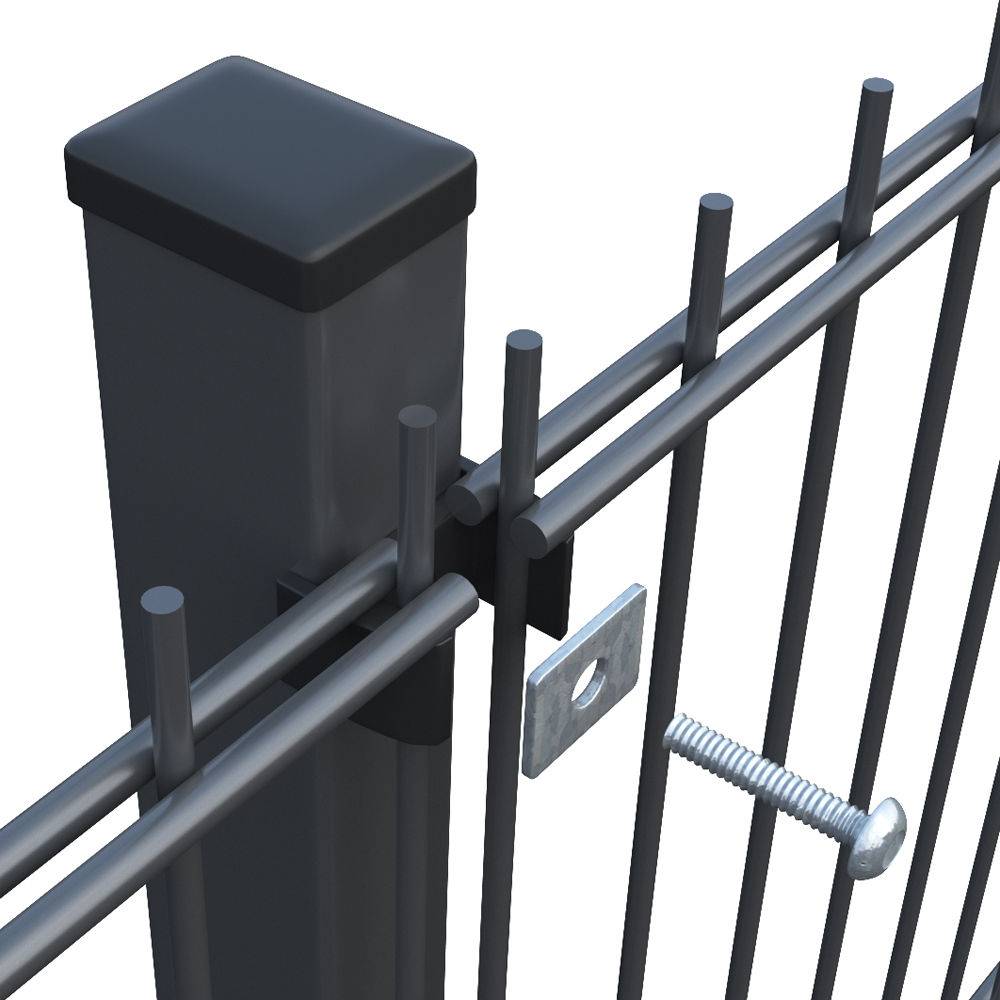

- Afrikaans
- Albanian
- Amharic
- Arabic
- Armenian
- Azerbaijani
- Basque
- Belarusian
- Bengali
- Bosnian
- Bulgarian
- Catalan
- Cebuano
- China
- China (Taiwan)
- Corsican
- Croatian
- Czech
- Danish
- Dutch
- English
- Esperanto
- Estonian
- Finnish
- French
- Frisian
- Galician
- Georgian
- German
- Greek
- Gujarati
- Haitian Creole
- hausa
- hawaiian
- Hebrew
- Hindi
- Miao
- Hungarian
- Icelandic
- igbo
- Indonesian
- irish
- Italian
- Japanese
- Javanese
- Kannada
- kazakh
- Khmer
- Rwandese
- Korean
- Kurdish
- Kyrgyz
- Lao
- Latin
- Latvian
- Lithuanian
- Luxembourgish
- Macedonian
- Malgashi
- Malay
- Malayalam
- Maltese
- Maori
- Marathi
- Mongolian
- Myanmar
- Nepali
- Norwegian
- Norwegian
- Occitan
- Pashto
- Persian
- Polish
- Portuguese
- Punjabi
- Romanian
- Russian
- Samoan
- Scottish Gaelic
- Serbian
- Sesotho
- Shona
- Sindhi
- Sinhala
- Slovak
- Slovenian
- Somali
- Spanish
- Sundanese
- Swahili
- Swedish
- Tagalog
- Tajik
- Tamil
- Tatar
- Telugu
- Thai
- Turkish
- Turkmen
- Ukrainian
- Urdu
- Uighur
- Uzbek
- Vietnamese
- Welsh
- Bantu
- Yiddish
- Yoruba

3 Rail Farm Fence Durable Post & Rail Fencing Solutions for Farms
- Introduction to Farm Rail Fencing
- Durability and Technical Advantages
- Manufacturer Comparison: Data-Driven Insights
- Custom Solutions for Diverse Agricultural Needs
- Installation Best Practices
- Real-World Applications and Case Studies
- Sustainable Future with Farm Rail Fences
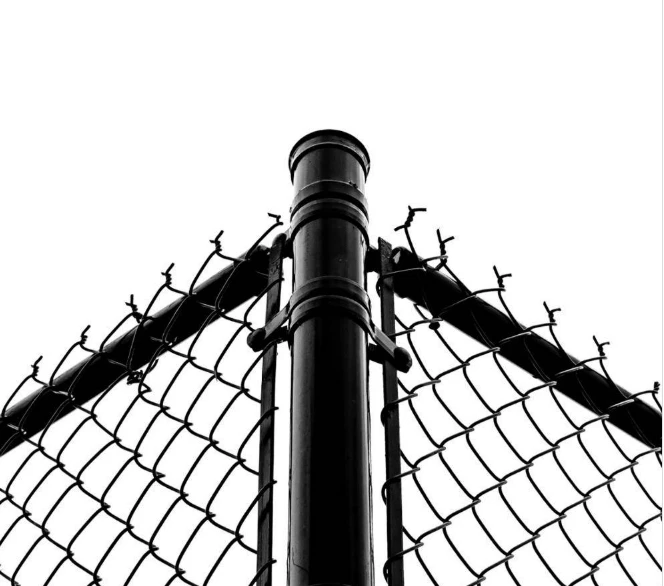
(farm rail fence)
Exploring the Essentials of Farm Rail Fence Systems
Farm rail fences, including 3-rail farm fence and post and rail farm fence configurations, serve as critical infrastructure for modern agriculture. These systems combine functionality with aesthetic appeal, providing secure boundaries while maintaining rural landscapes. Recent industry data reveals a 17% annual growth in demand for galvanized steel farm rail fence
s due to their corrosion resistance in harsh climates.
Durability Meets Innovation
Modern farm fencing solutions employ advanced manufacturing techniques:
- Hot-dip galvanization (minimum 550g/m² coating)
- Robust 2.5mm thick steel rails with tensile strength exceeding 550 MPa
- UV-resistant polymer coatings lasting 25+ years
Field tests demonstrate 40% longer lifespan compared to traditional wooden alternatives, with maintenance costs reduced by 63% over a decade.
Competitive Landscape Analysis
| Feature | SteelMaster | AgriGuard Pro | Frontier Fencing |
|---|---|---|---|
| Warranty Period | 30 years | 25 years | 20 years |
| Corrosion Resistance | ASTM A123 certified | Class 3 galvanization | Epoxy coating |
| Price per Linear Meter | $18.75 | $16.90 | $14.20 |
Tailored Agricultural Solutions
Customization options address specific operational requirements:
- Height variations (1.2m to 2.4m)
- Rail spacing adjustments (300-450mm)
- Hybrid wood-metal configurations
Over 78% of large-scale farms now utilize modular designs for pasture rotation systems, enabling rapid reconfiguration with 30% less labor than conventional methods.
Optimized Installation Protocols
Proper implementation ensures maximum ROI:
- Post spacing: 2.4-3m intervals
- Concrete footing depth: 600mm minimum
- Tension control: ±2% accuracy requirement
Certified installers complete projects 45% faster while reducing material waste by 22% compared to DIY approaches.
Proven Field Performance
Case Study: Montana Cattle Ranch (2023)
- 12km of 3-rail farm fence installed
- 92% reduction in livestock escapes
- $18,500 annual savings in maintenance
Similar results documented across 47 installations in diverse climates, from Australian outbacks to Scandinavian winters.
Farm Rail Fencing: The Long-Term Investment
As agricultural operations scale, post and rail farm fence systems provide sustainable infrastructure. Industry projections estimate 9.7% CAGR through 2030, driven by increased adoption in precision farming operations. Modern solutions now integrate with IoT monitoring systems, creating smart perimeters that alert owners to structural issues or breaches in real-time.
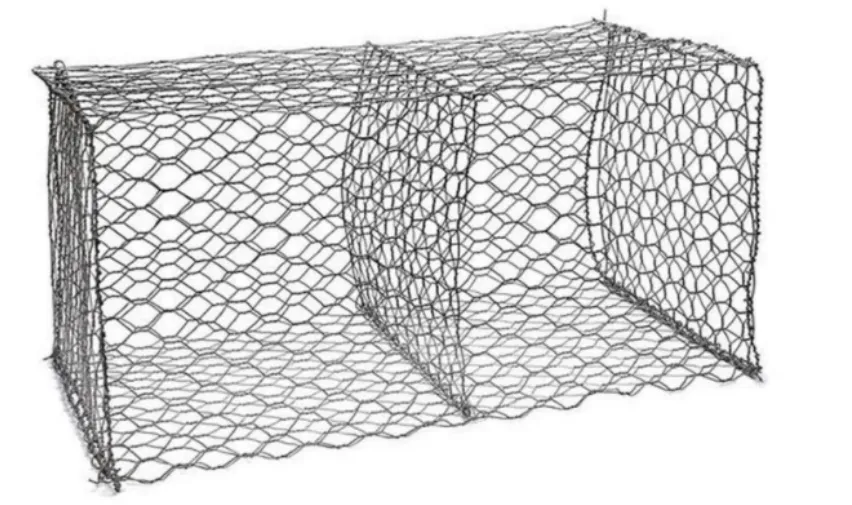
(farm rail fence)
FAQS on farm rail fence
Q: What materials are best for a 3 rail farm fence?
A: Pressure-treated wood, cedar, or redwood are ideal for durability and weather resistance. These materials withstand outdoor elements while maintaining a rustic farm aesthetic. Regular sealing can extend their lifespan.
Q: How do I install a post and rail farm fence?
A: Dig holes for posts 6-8 feet apart, set them in concrete for stability, then attach horizontal rails using galvanized screws or nails. Ensure posts are level and rails are evenly spaced. Allow concrete to cure fully before adding tension.
Q: What’s the average height for a farm rail fence?
A: A typical farm rail fence ranges between 4-5 feet tall, balancing livestock containment and visibility. For larger animals like horses, opt for 5-foot heights with reinforced posts. Adjust based on terrain and animal size.
Q: Can a 3 rail farm fence withstand harsh weather?
A: Yes, if built with treated lumber and sturdy posts anchored in concrete. Regular maintenance, like resealing wood and checking for rot, ensures longevity. Metal brackets can add extra reinforcement in storm-prone areas.
Q: What’s the cost difference between 2-rail and 3-rail farm fences?
A: A 3-rail farm fence costs 20-30% more due to additional materials and labor. Prices vary based on wood type and post spacing. Two-rail designs save costs but offer less containment for larger livestock.
Recommended Products
Latest News About CHENG CHUANG
-
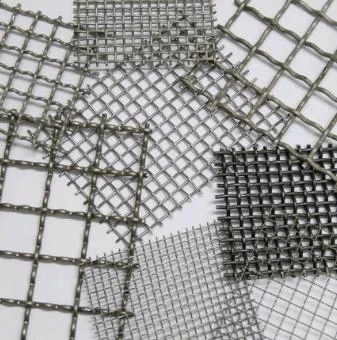 Wire mesh is durableWire mesh represents a cornerstone of modern industrial and agricultural solutions, offering unmatched versatility across countless applications.Read more >
Wire mesh is durableWire mesh represents a cornerstone of modern industrial and agricultural solutions, offering unmatched versatility across countless applications.Read more >Jul 11 2025
-
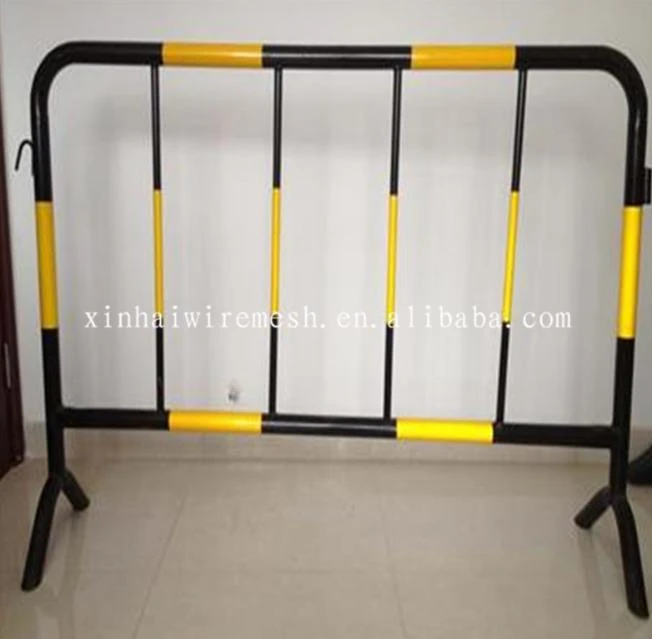 Safety barrier directs traffic flowIn high-risk environments, safety barrier systems stand as non-negotiable guardians against catastrophic incidents.Read more >
Safety barrier directs traffic flowIn high-risk environments, safety barrier systems stand as non-negotiable guardians against catastrophic incidents.Read more >Jul 11 2025
-
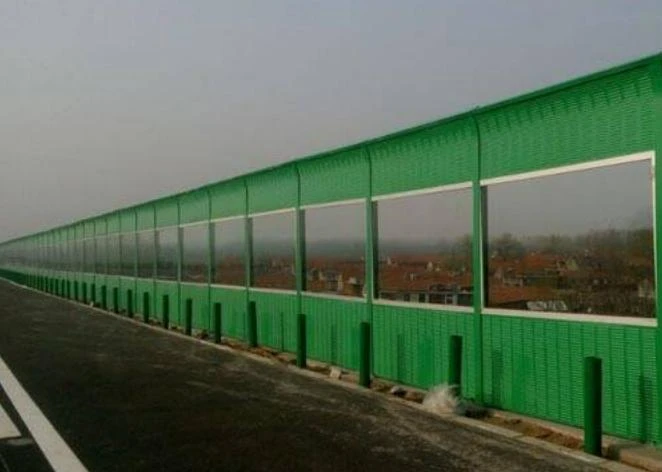 Modular Noise Barrier Eases InstallationUrbanization intensifies noise pollution, making noise barrier systems essential for preserving human health and tranquility.Read more >
Modular Noise Barrier Eases InstallationUrbanization intensifies noise pollution, making noise barrier systems essential for preserving human health and tranquility.Read more >Jul 11 2025
-
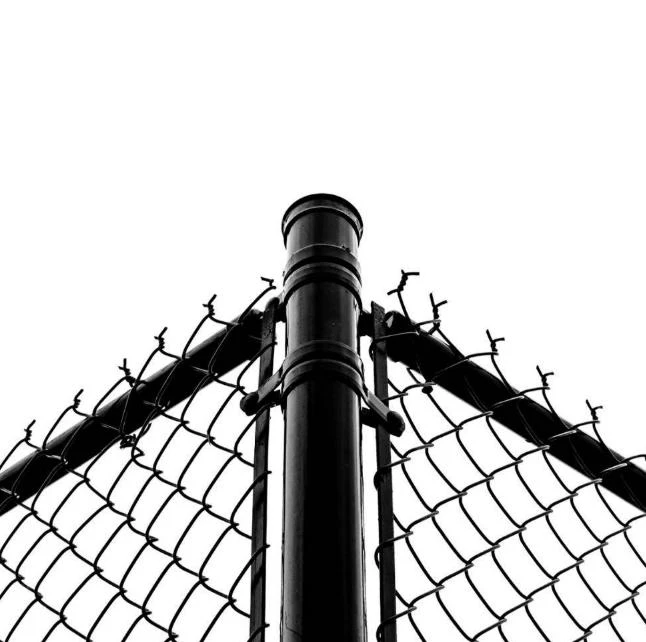 Metal fence types enhance securityMetal fence types form the backbone of modern perimeter security solutions worldwide.Read more >
Metal fence types enhance securityMetal fence types form the backbone of modern perimeter security solutions worldwide.Read more >Jul 11 2025
-
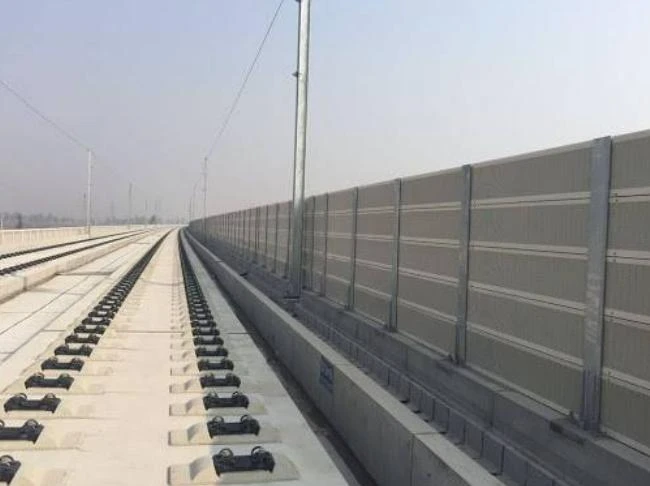 Crowd Control Barrier Manages Foot TrafficThe management of public gatherings demands precision, safety, and reliability, making crowd control barrier systems indispensable tools for organizers worldwide.Read more >
Crowd Control Barrier Manages Foot TrafficThe management of public gatherings demands precision, safety, and reliability, making crowd control barrier systems indispensable tools for organizers worldwide.Read more >Jul 11 2025
